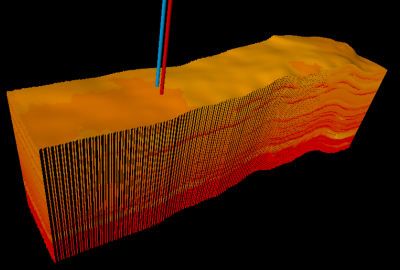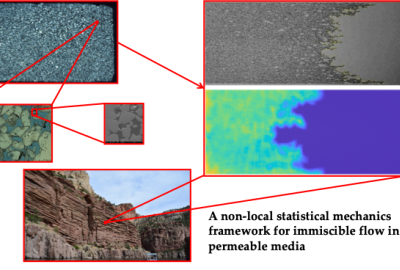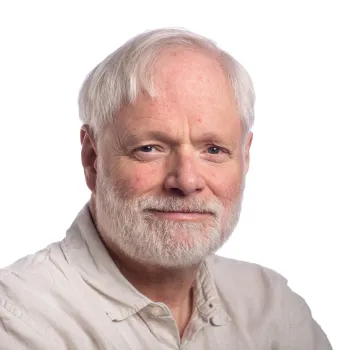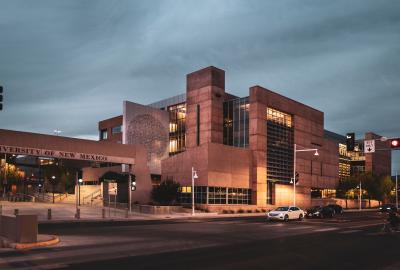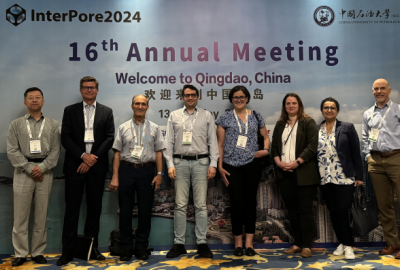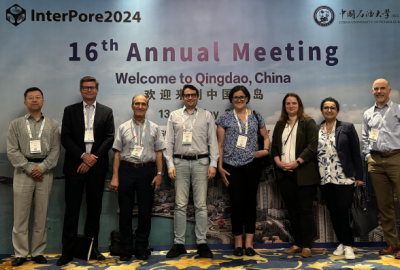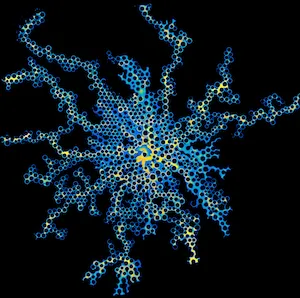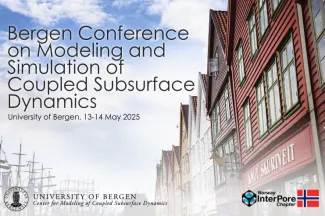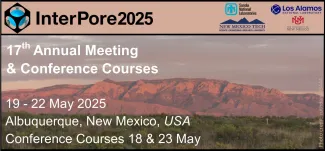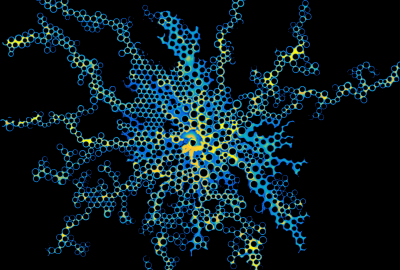"This week in Must See… !
Welcome at InterPore
Powered by Drupal
Course Fees 2025
The fees for InterPore courses are structured based on your membership status and professional category.
Below is the fee breakdown:
- InterPore Student Member: 120€
- InterPore Student Non-Member: 150€
- InterPore Academic Member: 180€
- InterPore Academic Non-Member: 220€
- InterPore Industry Member: 240€
- InterPore Industry Non-Member: 360€
Donate
PORE 2-3 Machine Learning application in Porous Media: from image processing to multiscale models
Tuesday 24 June 2025 at 6:00 pm
Thursday 26 June 2025 at 6:00 pm
Tuesday 1 July 2025 at 6:00 pm
Thursday 3 July 2025 at 6:00 pm
Course fee depends on your InterPore account type
PORE 3-2: Fundamentals of Geothermal Reservoir Engineering
Wednesday 9 July 2025 at 3:00 pm
Thursday 10 July 2025 at 3:00 pm
Wednesday 16 July 2025 at 3:00 pm
Thursday 17 July 2025 at 3:00 pm
Course fee depends on your InterPore account type
Course fee depends on your InterPore account type

